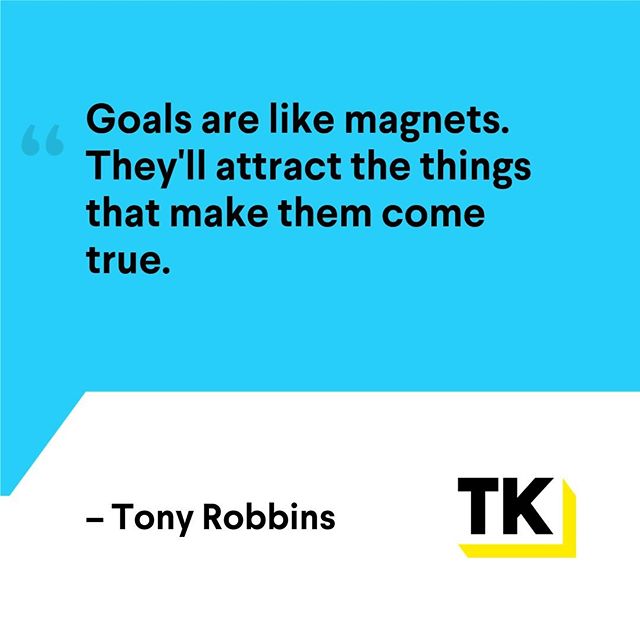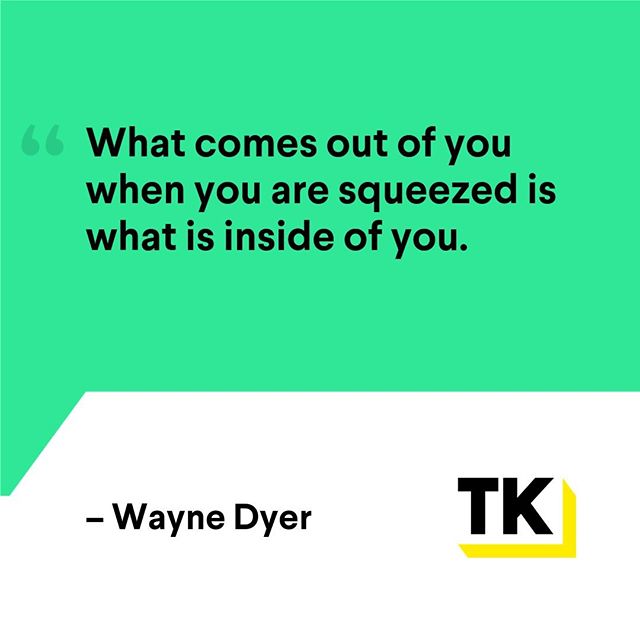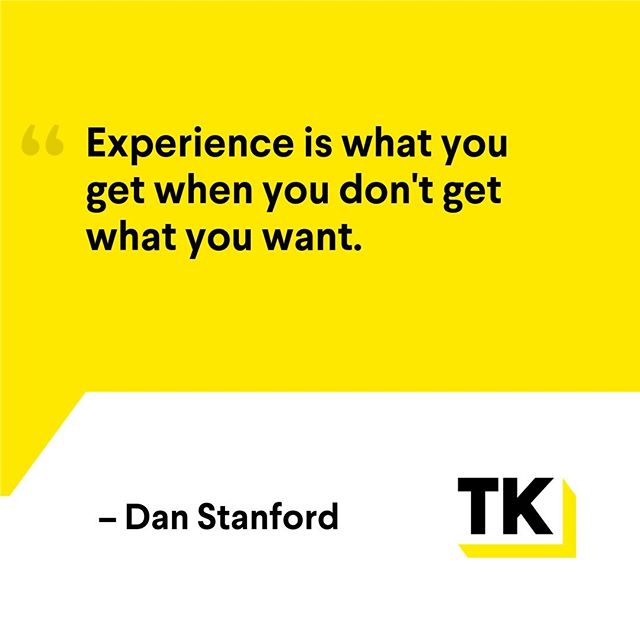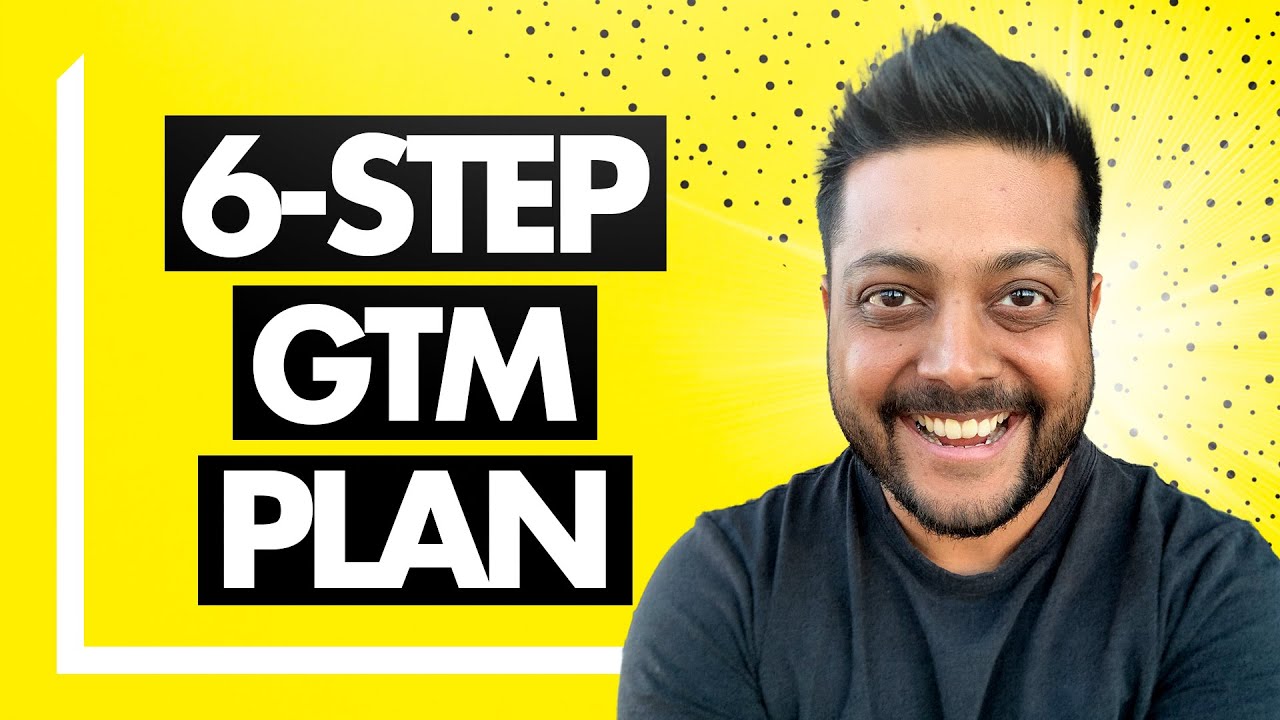If your SaaS business is sales-led, having a proper sales-led go-to-market strategy can massively change your company’s growth trajectory.
In this blog, I’ll walk you through the 5-step GTM strategy I learned for sales-led SaaS businesses.
- Sales Structure
- Commission Structure
- Sales Contracts
- Sales Deck & Strategic Narrative
- Lead Generation
What is Sales-Led Growth (SLG)?
Sales-Led Growth (SLG) is a business approach that places a strong emphasis on the sales function to drive and accelerate growth. Your SaaS business adopting SLG means it relies heavily on your sales team as the primary driver of revenue and customer acquisition.
Rather than solely relying on marketing or product-led efforts, SLG puts the sales team front and center to actively engage with potential customers, build relationships, and close deals.
Sales-led Go-To-Market
I will never forget the time I was running ToutApp, and we were transitioning from a self-service business to a true sales driven one. We had just raised our Series A and realized… If we’re going to drive growth and be more purposeful about it, we need to go top down and become sales-led.
During our transition from product-led growth (PLG) to sales-led growth, I learned a few things on how to create a proper GTM strategy. Here are my five key principles that you need to know as you build your sales-led go-to-market strategy.
Before I go into the key principles of a sales-led structure, you still need an overall GTM strategy for your SaaS business. If you’re still working on creating a proper scalable GTM strategy, grab a complimentary copy of my 5-Point SaaS Growth Strategy Guide below.
Step 1: Decide your Sales Team Structure
When it comes to your sales engine, the first thing you need to decide is how your sales team will be structured. There are a variety of ways to structure your sales team:
1. Inside Sales Team
- Nature: The sales team operates primarily from within the office or remotely.
- Customer Interactions: Engages with customers through virtual channels such as Zoom calls or phone conversations.
- Deal Size: Typically suited for smaller deals, under 250K.
- Benefits: Cost-effective, no need for travel expenses, and efficient for deals conducted remotely.
2. Hybrid Sales Team
- Nature: A mix of inside and field sales elements.
- Customer Interactions: Most deals initiated and progressed virtually, with occasional in-person meetings as necessary.
- Deal Size: Often effective for deals ranging from 100K to 500K.
- Benefits: Balances virtual efficiency with the occasional need for face-to-face interactions to close deals.
3. Enterprise Sales Team
- Nature: Geared towards large-scale, high value deals.
- Customer Interactions: In-person meetings and relationship building are crucial for closing deals.
- Deal Size: Typically for deals exceeding 500K where a personal touch is essential.
- Benefits: Establishes a strong presence in the client’s space, building trust, and addresses the high stakes involved.
4. Field Sales Team
- Nature: Predominantly operates in the field, physically meeting clients.
- Customer Interactions: Face-to-face meetings play a central role in the sales process.
- Deal Size: Often exceeds 500K.
- Benefits: Establishes a strong, personal rapport with clients, but involves higher costs due to travel and in-person expenses.
So, how do you decide on your structure?
Consider the nature of your deals and their sizes. If you’re dealing with smaller, sub-10K transactions or deals ranging from 20K to 250K, an inside sales team focused on virtual interactions could be the sweet spot. As you climb into the 500K+ realm, face-to-face meetings become pivotal, transitioning to a hybrid or even an enterprise/field sales team might be the play.
In essence, the choice between these sales team structures depend on factors like deal size, the need for personal interaction, and the budget available for sales operations. Each structure caters to your specific business needs and aligns with the different stages of deal complexity and customer engagement.
It’s not about right or wrong; It’s about aligning your sales model with your structure and optimizing for success from the start. It’s especially important to decide your team structure upfront so that you can hire the right people for the model you are following and become more likely to succeed.
Step 2: Figure out your Commission Structure
Salespeople are coin operated. I don’t say this in a derogatory way, but as a fact. They are in the game for the commission. So, commission structures are imperative to a sales-led SaaS business.
I took a very aggressive commission structure at ToutApp. In the early days, I gave a 20% commission on every dollar that came in. I did this because we were early, had no brand, but needed great salespeople.
There was no way we were going to get qualified great salespeople unless we gave them a really aggressive commission structure. Because of this, we got a better sales team, closed more deals, and grew exponentially.
Determining the commission structure for your sales team can either fuel motivation or hinder growth. Start with considering the complexity of your sales process, deal sizes, and the desired behavior from your sales reps. High-value enterprise deals might warrant a tiered commission structure to incentivize bigger wins, while a flat commission rate would suffice for smaller deals.
Regularly reassess and adapt your commission structure to ensure it remains a driver of success for your team to excel.
Step 3: Format your Sales Contracts
One of the things I didn’t appreciate when I first started as a Founder, was the power of having a proper sales contract. When it comes to SaaS businesses, one thing remains constant: dealing with complex legal agreements.
With a sales-led go-to-market strategy, you’ll need to figure out what your contracts contain, your master services agreement, your sales contracts, proposals, and order forms.
The Master Services Agreement (MSA) serves as the guiding document, outlining the overarching terms and conditions of the relationship between your business and the customer. Sales contracts, born from the MSA, dive into the specifics of each deal. You’ll detail product offerings, pricing, and other critical terms.
Proposals, or your elevator pitch, play a huge role in presenting your solution to the client. Order forms are the final act, translating the agreed-upon terms into a formal agreement.
Consistency and clarity across these documents are extremely important. You must ensure a seamless understanding of expectations and foster a foundation of trust. If you would like to learn more about sales contracts, I hosted a webinar discussing important legal documents you need to have in place to protect your SaaS business.
Step 4: Distinguish your Sales Deck & Strategic Narrative
Everything before this step is setting up the right structure. This is the real meat of SLG.
Start by answering the following questions:
- Why should someone pay attention to you?
- Why is your product compelling?
- Why now?
- Why should they choose you?
- What is the big market problem you are solving?
- What is the big macro trend that proves that this is a problem worth fixing?
The answers to these questions all go into your sales deck and strategic narrative.
What is a Sales Deck?
A sales deck is a powerful visual tool used by the sales team to effectively communicate key information about your SaaS solution to your ideal customers or stakeholders. It is typically presented in a slide format and consists of your strategic narrative, statistics, case studies, and other compelling elements to convey your business’ value proposition.
A well-crafted sales deck will guide your sales conversations.
But, who’s responsible for the sales deck? Is it marketing, the sales leader, or the CEO?
This may be a controversial answer, but I think it’s ultimately up to the CEO/Founder. In the early stages, your sales deck may be a little fluid. You must get the narrative right first, and the narrative is set by the CEO.
What is a Strategic Narrative?
Your strategic narrative explains the core reason why your ideal customers must buy now and why they need to take immediate action. It’s the messaging that educates the buyers about the macro-trend your product solves. All of this must come together by the CEO/Founder.
I call this a Manifesto. Your Manifesto/Strategic narrative is very specific work. Which is why I go in depth over this inside my Go-To-Market program step by step. It’s a huge part of my coaching program. You can learn more about building your Manifesto in the video below.
Step 5: Lead Generation
Ultimately, you need leads. You can have an entire sales team, SDRs, but if you don’t have a lead generation strategy, none of this will work. Your salespeople will starve and your company will die.
How can you overcome this?
By building a partnership with marketing and sales. There are quality marketing leads and quality sales leads… and they may not align. This is why you’ll want to start running an Account-Based Marketing (ABM) strategy.
What is Account-Based Marketing (ABM)?
ABM is a targeted lead generation strategy that flips the traditional approach. In ABM, your marketing and sales team will work closely together to create personalized and tailored campaigns for your specific Ideal Customer Profile.
This involves understanding the unique needs and challenges of your ICP, crafting highly relevant content and messaging, and delivering it through channels that resonate with your target customers.
When you take the ABM approach, you ensure a more impactful engagement with your ideal customers and enhance the likelihood of converting them into valued leads.
In Conclusion
When you build a sales-led SaaS business, your ACVs are higher and your churn declines. With the right sales-led go-to-market strategy, you can actually grow a lot faster while being more surgical about it.
If you still need more guidance on how to create a sales-led go-to-market strategy, and want a step by step framework to follow, I invite you to check out my 5-Point SaaS Growth Strategy Guide below.












